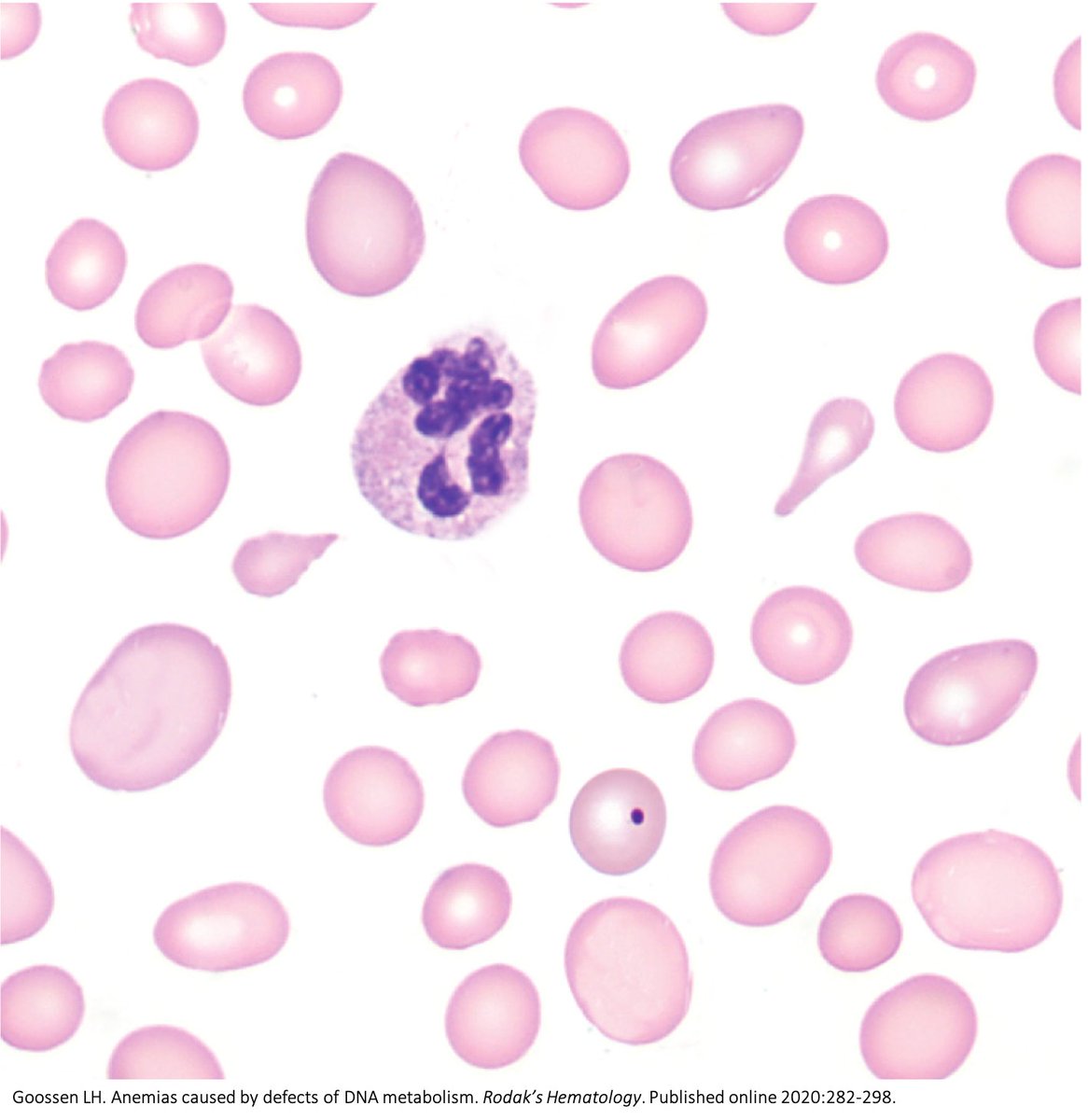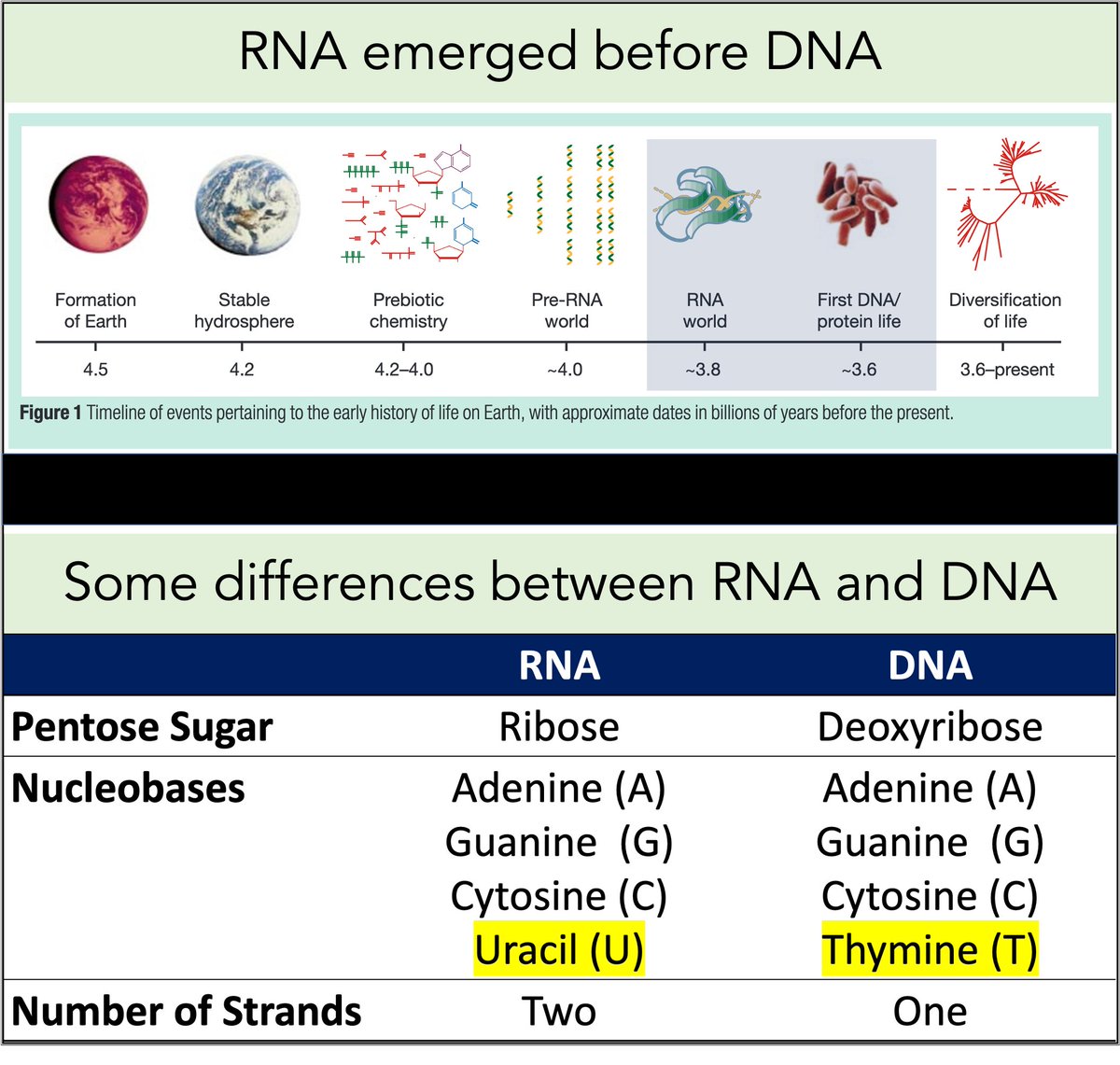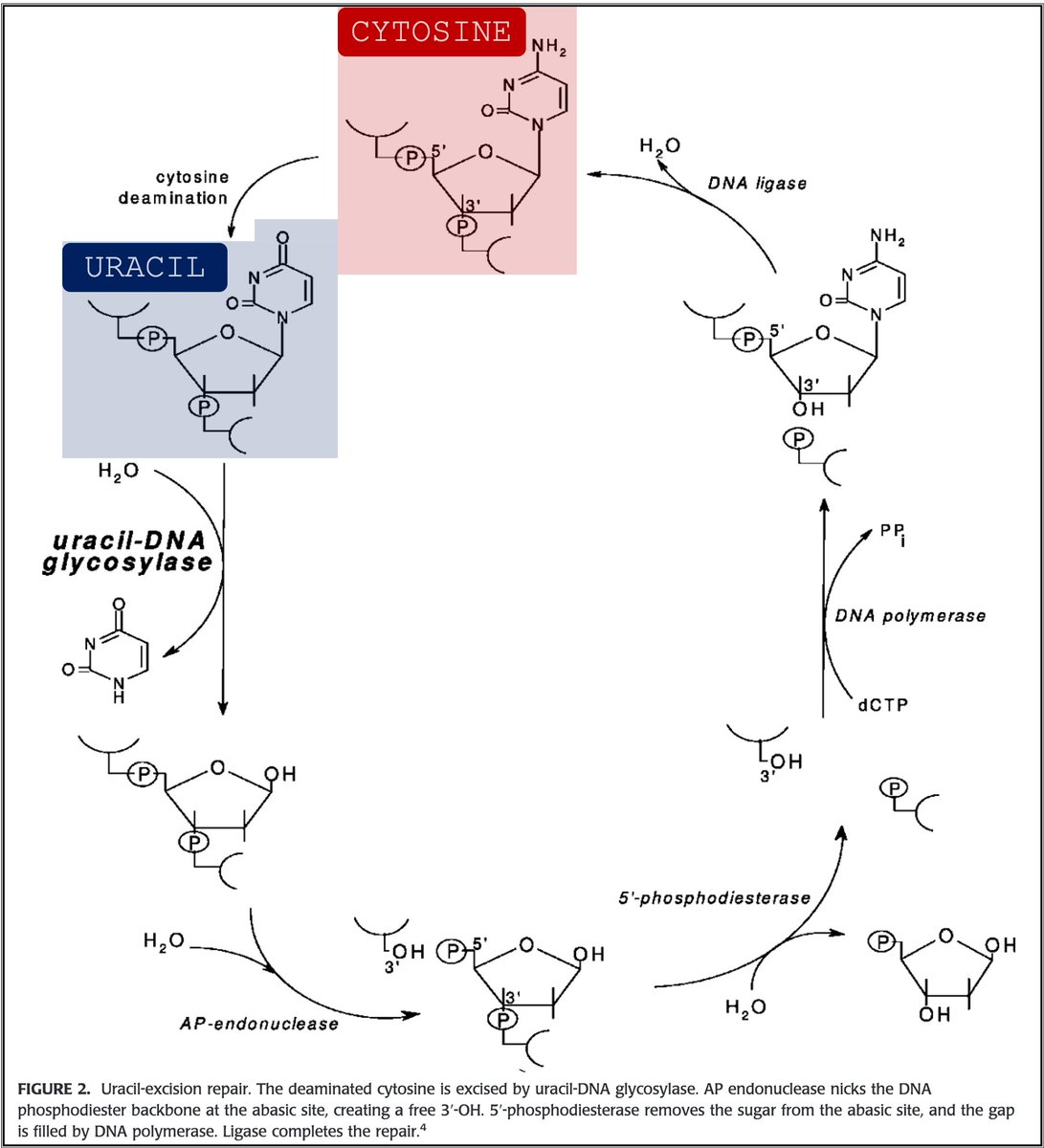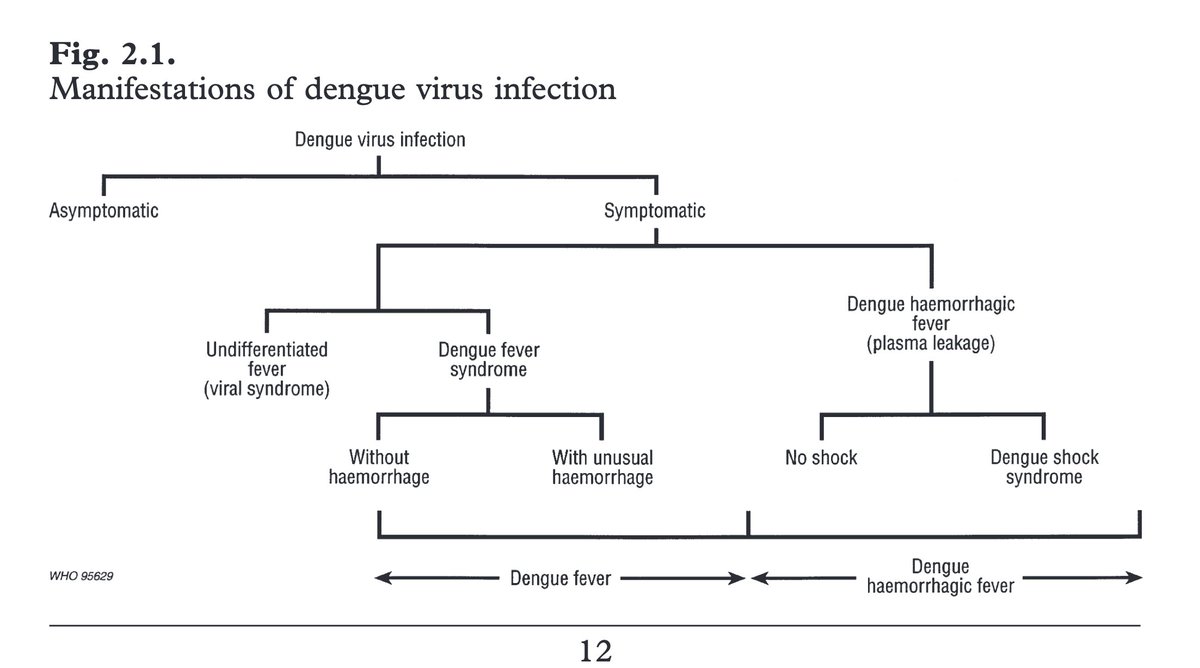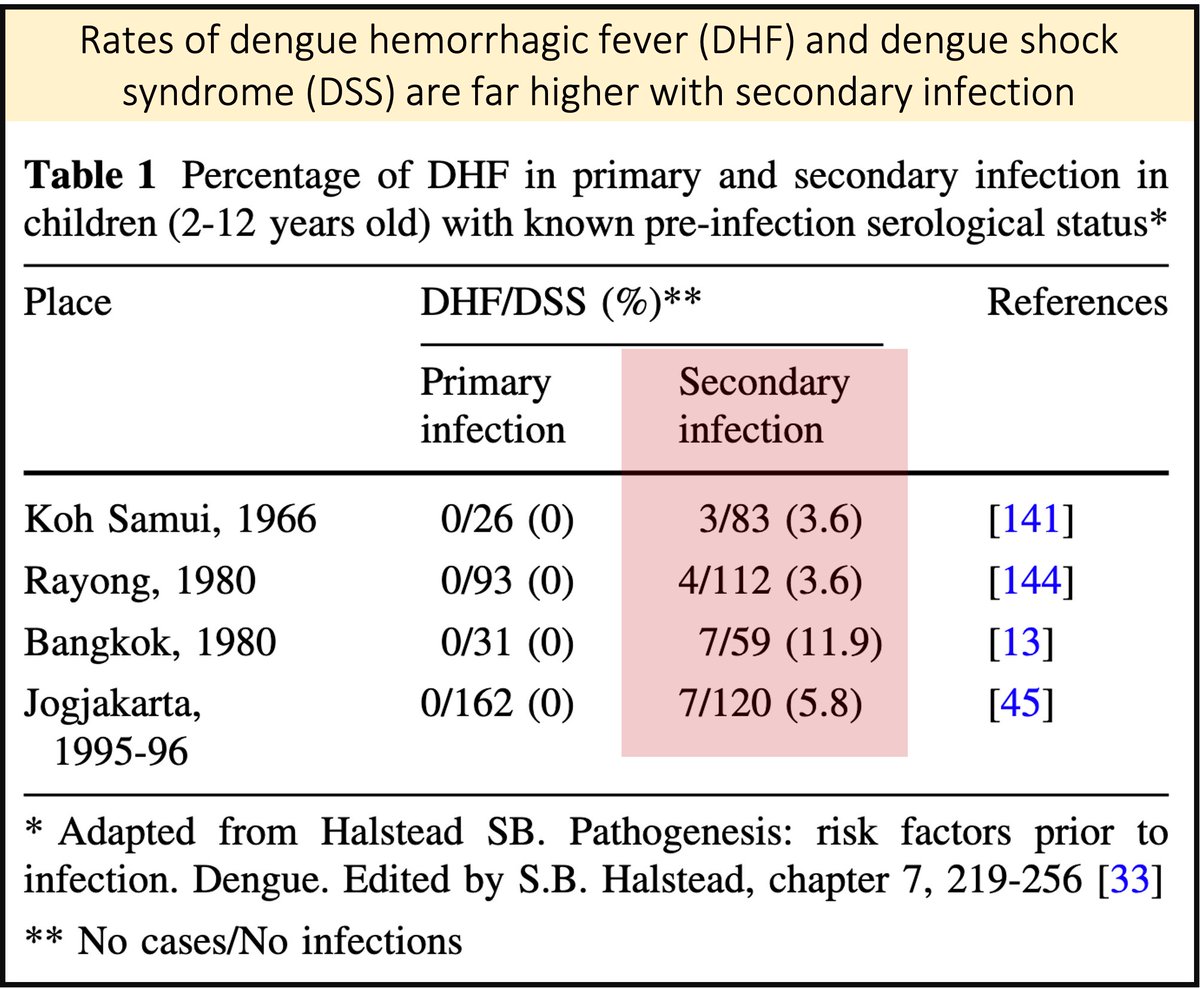
1/12
Why do we use ACE inhibitors in scleroderma renal crisis?
I learned this early in training but never understood why these drugs were so game-changing.
Let's have a look.
Why do we use ACE inhibitors in scleroderma renal crisis?
I learned this early in training but never understood why these drugs were so game-changing.
Let's have a look.

2/
To start, a few key features of scleroderma renal crisis (SRC). Most patients present with:
• Abrupt onset of hypertension
• Oliguric acute kidney injury
• Normal urinalysis
Up to 50% have signs of microangiopathic hemolytic anemia.
pubmed.ncbi.nlm.nih.gov/27641135/
To start, a few key features of scleroderma renal crisis (SRC). Most patients present with:
• Abrupt onset of hypertension
• Oliguric acute kidney injury
• Normal urinalysis
Up to 50% have signs of microangiopathic hemolytic anemia.
pubmed.ncbi.nlm.nih.gov/27641135/

3/
Decades ago, the mortality for scleroderma involving the kidney was high with SRC considered universally fatal.
Things began to change in the 1970s.
pubmed.ncbi.nlm.nih.gov/4587746/
Decades ago, the mortality for scleroderma involving the kidney was high with SRC considered universally fatal.
Things began to change in the 1970s.
pubmed.ncbi.nlm.nih.gov/4587746/

4/
Before ACE inhibitors were introduced, bilateral nephrectomy followed by dialysis and/or transplantation was used as a life-saving option.
This suggests that the kidneys were both the victim and an instigator in SRC.
pubmed.ncbi.nlm.nih.gov/350046/
Before ACE inhibitors were introduced, bilateral nephrectomy followed by dialysis and/or transplantation was used as a life-saving option.
This suggests that the kidneys were both the victim and an instigator in SRC.
pubmed.ncbi.nlm.nih.gov/350046/

5/
Captopril (an analog of a blood pressure-lowering snake venom!) was synthesized in 1974.
1979 saw the first case reports of its successful use in SRC.
With wider use, the survival rates for SRC increased dramatically.
pubmed.ncbi.nlm.nih.gov/220537/
pubmed.ncbi.nlm.nih.gov/2382917/
Captopril (an analog of a blood pressure-lowering snake venom!) was synthesized in 1974.
1979 saw the first case reports of its successful use in SRC.
With wider use, the survival rates for SRC increased dramatically.
pubmed.ncbi.nlm.nih.gov/220537/
pubmed.ncbi.nlm.nih.gov/2382917/

6/
The use of ACE inhibitors like captopril was no accident.
In the 1970s patients with SRC were discovered to have very high levels of RENIN. Increased renin leads to:
↑Angiotensin II
↑Vasoconstriction
↑Blood pressure
pubmed.ncbi.nlm.nih.gov/921442/
The use of ACE inhibitors like captopril was no accident.
In the 1970s patients with SRC were discovered to have very high levels of RENIN. Increased renin leads to:
↑Angiotensin II
↑Vasoconstriction
↑Blood pressure
pubmed.ncbi.nlm.nih.gov/921442/

7/
This is partly why bilateral nephrectomy worked. It removed the source of renin - juxtaglomerular cells.
Removing renin producing cells (or blocking its downstream effects via ACE inhibitors) mitigates the vicious cycle seen in the attached figure.
pubmed.ncbi.nlm.nih.gov/12841297/
This is partly why bilateral nephrectomy worked. It removed the source of renin - juxtaglomerular cells.
Removing renin producing cells (or blocking its downstream effects via ACE inhibitors) mitigates the vicious cycle seen in the attached figure.
pubmed.ncbi.nlm.nih.gov/12841297/

8/
Why are renin levels so high in SRC?
The arterial narrowing found in scleroderma may lead to:
↓renal perfusion ➙ hyperplasia of the juxtaglomerular apparatus ➙ ↑renin secretion
pubmed.ncbi.nlm.nih.gov/4129267/
pubmed.ncbi.nlm.nih.gov/25613774/
Why are renin levels so high in SRC?
The arterial narrowing found in scleroderma may lead to:
↓renal perfusion ➙ hyperplasia of the juxtaglomerular apparatus ➙ ↑renin secretion
pubmed.ncbi.nlm.nih.gov/4129267/
pubmed.ncbi.nlm.nih.gov/25613774/

9/
If marked increased renin contributes to SRC, have agents which lower renin levels been used?
Yes!
β1 activation increases renin secretion. So, β-blockers can decrease renin.
Many early reports of SRC used propranolol for its anti-renin activity.
pubmed.ncbi.nlm.nih.gov/11281244/
If marked increased renin contributes to SRC, have agents which lower renin levels been used?
Yes!
β1 activation increases renin secretion. So, β-blockers can decrease renin.
Many early reports of SRC used propranolol for its anti-renin activity.
pubmed.ncbi.nlm.nih.gov/11281244/

10/
Despite this, β-blockers are not typically recommended in SRC given the concern about potential vasospasm.
Here's what UTD writes: "β-blockers are usually avoided in patients with SSc because of the theoretical risk of worsening vasospasm (eg, Raynaud phenomenon)."
Despite this, β-blockers are not typically recommended in SRC given the concern about potential vasospasm.
Here's what UTD writes: "β-blockers are usually avoided in patients with SSc because of the theoretical risk of worsening vasospasm (eg, Raynaud phenomenon)."
11/
Of course, increased renin is just one of the myriad factors at play in SRC. For example, increased Endothelin-1 may be key.
But the improvements with ACE inhibitors does suggest that increased renin is important.
pubmed.ncbi.nlm.nih.gov/27641135/
Of course, increased renin is just one of the myriad factors at play in SRC. For example, increased Endothelin-1 may be key.
But the improvements with ACE inhibitors does suggest that increased renin is important.
pubmed.ncbi.nlm.nih.gov/27641135/

12/12
🗝️The use of ACE inhibitors (ACEi) has resulted in greatly improved survival in scleroderma renal crisis (SRC)
🗝️SRC is associated with markedly elevated renin levels
🗝️ACEi address the downstream vasoconstriction seen in the setting of elevated renin
🗝️The use of ACE inhibitors (ACEi) has resulted in greatly improved survival in scleroderma renal crisis (SRC)
🗝️SRC is associated with markedly elevated renin levels
🗝️ACEi address the downstream vasoconstriction seen in the setting of elevated renin
• • •
Missing some Tweet in this thread? You can try to
force a refresh





